Man Loses $20,000 Hidden in Chimney After Wife Unwittingly Lights Fire. “I Thought It Would Be a Safe Place.”
This is what happens when you keep secrets from your spouse.

A man trying to hide $20,000 in a chimney was left hugely distressed after his wife lit a fire in the rarely-used fireplace, destroying all of it. The man had stuffed the government bonds up the chimney due to fears of being robbed—but instead, it was his nearest and dearest who cost him thousands.
“When I saw the flames, I nearly passed out,” the man told Il Messaggero newspaper. Here’s what he had to say, and whether any of the money could be retrieved.
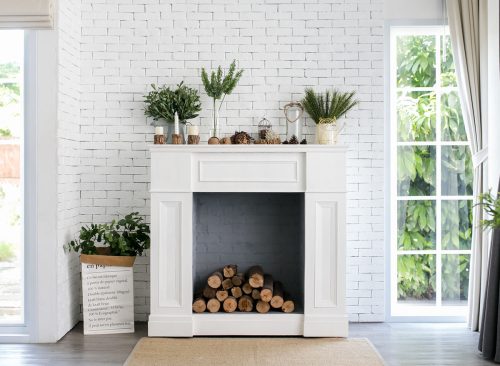
The man, known as Mario, lives with his wife in the Quattro Venti in the Monteverde district of Rome. Mario was worried about his apartment being broken into and robbed, so he came up with a plan to keep his funds safe from would-be criminals—hiding it in the last place he thought they would look.
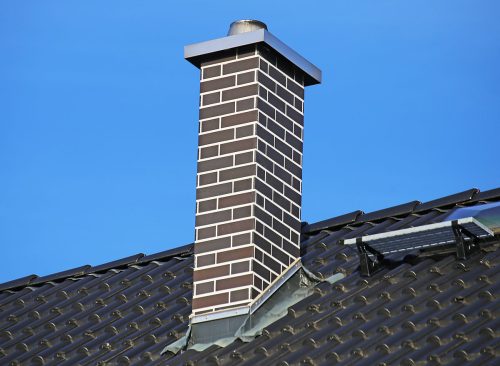
Mario had $20,000 in government bonds and decided the best place to hide them would be in the chimney. Every year, he would remove the bonds before the weather got too chilly. This year, he clearly didn’t get around to it in time, and the results were disastrous. “Each year before we use the fire during the winter, I used to move them,” he says. “This time I didn’t manage to do it in time.”
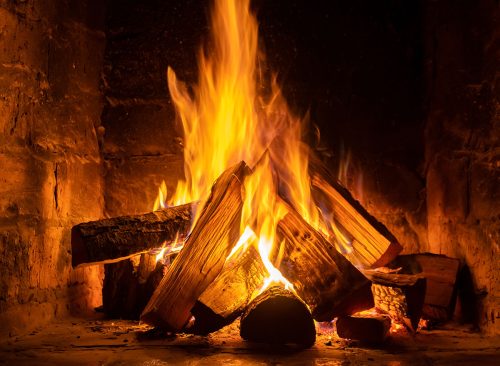
Mario’s wife, clearly in the mood for some Christmas cheer, started a merry little fire going in the fireplace, unaware she was burning $20,000. “When I saw the flames, I nearly passed out,” Mario said. “I thought it would be a safe place where thieves would never think of looking. My wife didn’t know I’d hidden them there.”
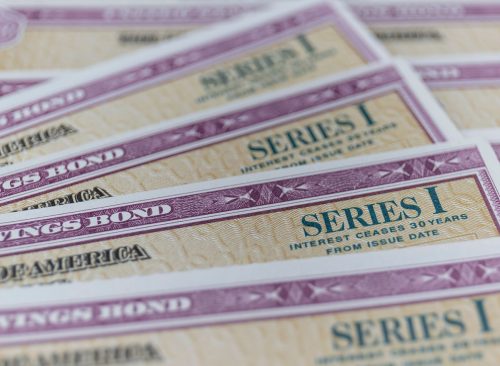
Mario contacted his brother, who works at the post office, to find out if anything could be done. He learned there was a chance some of the money could be salvaged if he kept the serial numbers from the bonds. In that case, they could be reissued.

There’s no doubt Mario will live off the tragicomic tale for years to come (and maybe next time, he will tell his wife where the valuables are hidden). “Having digested the shock, all that remains for the family is a tragicomic anecdote to tell their friends and relation,” says the Italian newspaper Corriere della Sera.
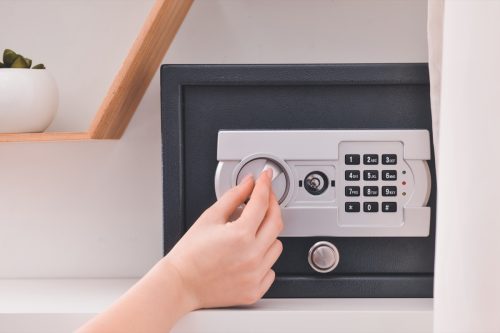
Hiding your valuables at home can be a good way to protect them from burglaries, natural disasters, and other unforeseen events. There are many places in your home where you can hide your valuables, certainly safer than a chimney. It’s important to choose a location that is secure and unlikely to be discovered by someone who shouldn’t find it. Here are some of the best places to hide your valuables at home:
In a wall safe: A wall safe is a great place to store your valuables because it is hidden behind a wall or in a closet. Wall safes are typically difficult to find and require special tools to open, making them a secure option for storing your valuables.
In a fake electrical outlet: A fake electrical outlet is a clever way to hide your valuables because it looks like a regular electrical outlet, but it actually has a hidden compartment behind it. These are easy to install and can be a great place to store small items like jewelry or cash.
In a hollowed-out book: If you have a large collection of books, you can create a hidden compartment in one of them by hollowing out the center. This is a great option for storing small items like jewelry or documents.
In a secret compartment in furniture: Many pieces of furniture, such as desks, bookshelves, and dressers, have secret compartments that can be used to store valuables. These compartments are usually hidden behind a panel or a drawer and can be a great place to store items that you don’t want anyone to find.
In a safe deposit box: A safe deposit box at a bank is a secure option for storing your valuables. These boxes are typically located in a secure area of the bank and are accessed using a key or a combination.














